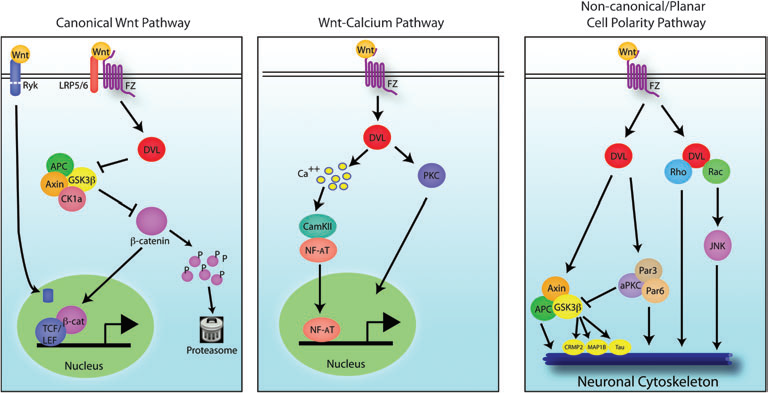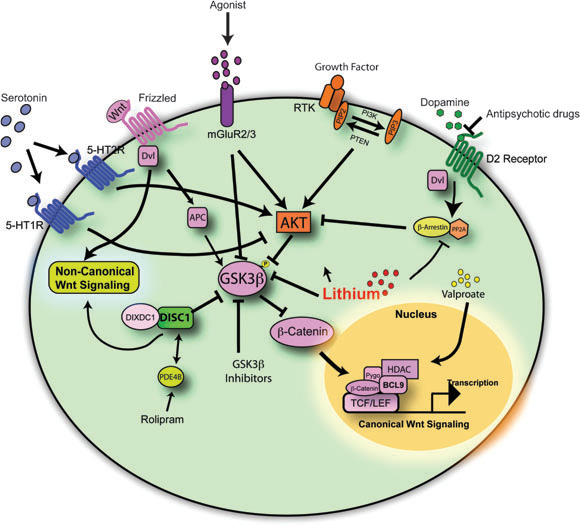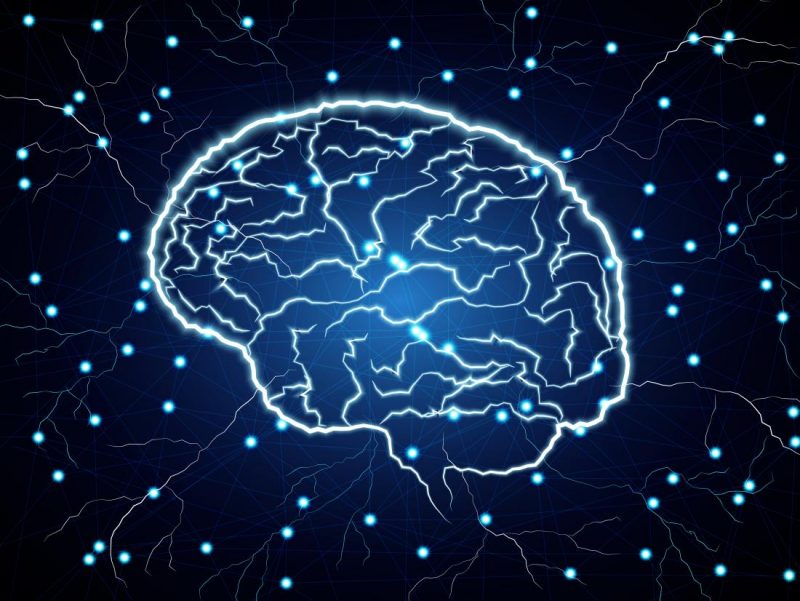Schizophrenia: What is it and how do we treat it?
Schizophrenia is one of the most challenging mental illnesses to manage and function with. Symptoms often interfere with reality, having a significant impact on relationships and a person’s ability to function within the “normal” expectations of society. First, for a quick one-minute overview, check out this video from the National Alliance on Mental Health.
 Medications, which are typically antipsychotics, are far from perfect, or even decent; the side effects are horrendous and can be permanent, many medications don’t work well or only treat certain symptoms, and constant dose adjustments must be made to maximize efficiency while limiting negative effects. Due to these problems, many patients with schizophrenia refuse to stay on their medications, raising difficult questions for family members and physicians. Check out this website from the Mayo Clinic for some basic information about schizophrenia and its treatments.
Medications, which are typically antipsychotics, are far from perfect, or even decent; the side effects are horrendous and can be permanent, many medications don’t work well or only treat certain symptoms, and constant dose adjustments must be made to maximize efficiency while limiting negative effects. Due to these problems, many patients with schizophrenia refuse to stay on their medications, raising difficult questions for family members and physicians. Check out this website from the Mayo Clinic for some basic information about schizophrenia and its treatments.
Treatments, not answers.
Attenuating the side effects of medications for schizophrenia is a large reason to continue to study schizophrenia and try to find better mechanisms we can act on. There are multiple factors that make this difficult. First, one method of investigation is to try and determine how a known drug is acting on the patient successfully. This is extremely difficult in patients with schizophrenia. First, we do not understand many of the mechanisms behind the prescribed medication. Additionally, because of our lack of knowledge about how a schizophrenic brain functions, there are very few tools that can be used to measure a quantitative response to a medication rather than behavioral changes which introduce wild variability.
Another reason why schizophrenia is so difficult to research is because most  research methods for human disease are done by using an animal model. However, because we don’t know exactly what is going on chemically, and there is no “physical manifestation” in humans that would translate to mice or rats, there is no way to model schizophrenia with high accuracy. While animal models are used, they are more general for a few behaviors that are common in most schizophrenic patients. This, however, leaves us with more questions than answers.
research methods for human disease are done by using an animal model. However, because we don’t know exactly what is going on chemically, and there is no “physical manifestation” in humans that would translate to mice or rats, there is no way to model schizophrenia with high accuracy. While animal models are used, they are more general for a few behaviors that are common in most schizophrenic patients. This, however, leaves us with more questions than answers.
A New Hope?
Research from the last decade suggests that there is a developmental pathway playing a large role in schizophrenia and that the typical neural functioning is going awry long before symptoms appear. To be clear, the disease is extremely complex and there is a wealth of information still unknown. However, this may be another small piece of the puzzle leading to future treatment options. The Canonical Wnt pathway, shown below with its other counterparts, is massively important in activating gene transcription in development. More recently, the pathway has been investigated in a variety of disease pathologies, suggesting its role is far larger than we previously realized.

The most significant player of this pathway in schizophrenia is GSK3β, which has a variety of actions in the cell. In the Wnt pathway, it is a part of a complex that targets β-catenin for proteasomal degradation when Wnt is not bound to Frizzled. However, when Wnt is bound, the complex with GSK3β is degraded and β-catenin is able to enter the nucleus and activate the transcription of specific genes. Neither the “on” nor the “off” states of this pathway are inherently disease causing. Rather, the pathology comes when a component becomes too active or not active enough and the necessary actions are not occurring at the right times. In schizophrenia, GSK3β is overactive, meaning β-catenin is constantly being sent for degradation. This prevents it from entering the nucleus and activating gene transcription, which is problematic during development. The pathway can be seen in the graphic below, as well as a variety of targets that can be use or are used to target it.

In the grand scheme of schizophrenia, the largest implication is that this pathway offers new targets for treatments. There is some evidence suggesting there is also a genetic element connected to this pathway, but further studies need to be done before conclusive, practical results can be drawn from them. In conclusion, there is indeed a new hope for those suffering from schizophrenia that new help is on the way.
